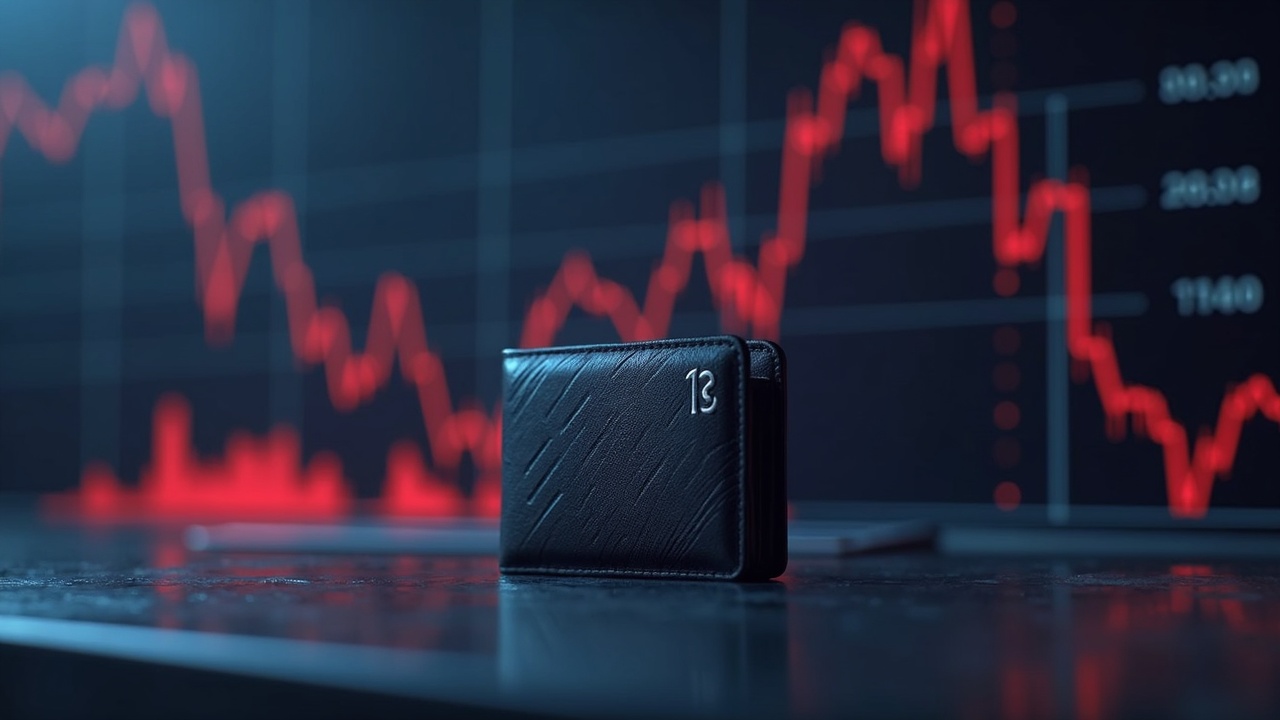On November 17, 2025, a Cardano investor learned a devastatingly expensive lesson in decentralized finance (DeFi) after a single swap erased 90% of their holdings, turning millions into dust not from a hack, but from a simple misjudgment of market liquidity.
A Costly Misstep in a Shallow Pool
The incident, first identified by on-chain investigator ZachXBT, involved a wallet that had been dormant for five years. The user attempted to swap a massive amount of ADA—14.4 million tokens worth approximately $6.9 million—for USDA, a Cardano-native stablecoin. However, the trading pool for USDA had a total market capitalization of just around $10.6 million, making it completely incapable of absorbing such a large order without a catastrophic price impact.
The result was a financial bloodbath. The user received only 847,695 USDA in return, suffering an immediate loss of roughly $6.05 million. The trade was so large relative to the pool that it temporarily drove the price of the stablecoin to an absurd $1.26, severely distorting the execution rate. In a tragic detail, on-chain data shows the user performed a small test transaction of 4,437 ADA just 33 seconds before the main swap, but this cautionary step proved futile against the pool’s extreme lack of depth.

The Deeper Lesson on Liquidity and Risk
This event is a stark reminder of the operational risks inherent in permissionless DeFi. The automated market maker (AMM) protocol functioned exactly as programmed, algorithmically executing the trade based on the available liquidity. The problem was not a technical failure but a fundamental mismatch between the order size and the market’s capacity. For treasury managers and institutional traders, this underscores the non-negotiable need for thorough pool depth analysis and the use of staged transactions or limits when moving large positions.
The case of the vanished $6 million serves as a costly public service announcement. In the world of DeFi, where users are their own bank, understanding and verifying liquidity is not just a best practice—it is the most critical line of defense against irreversible financial loss.


